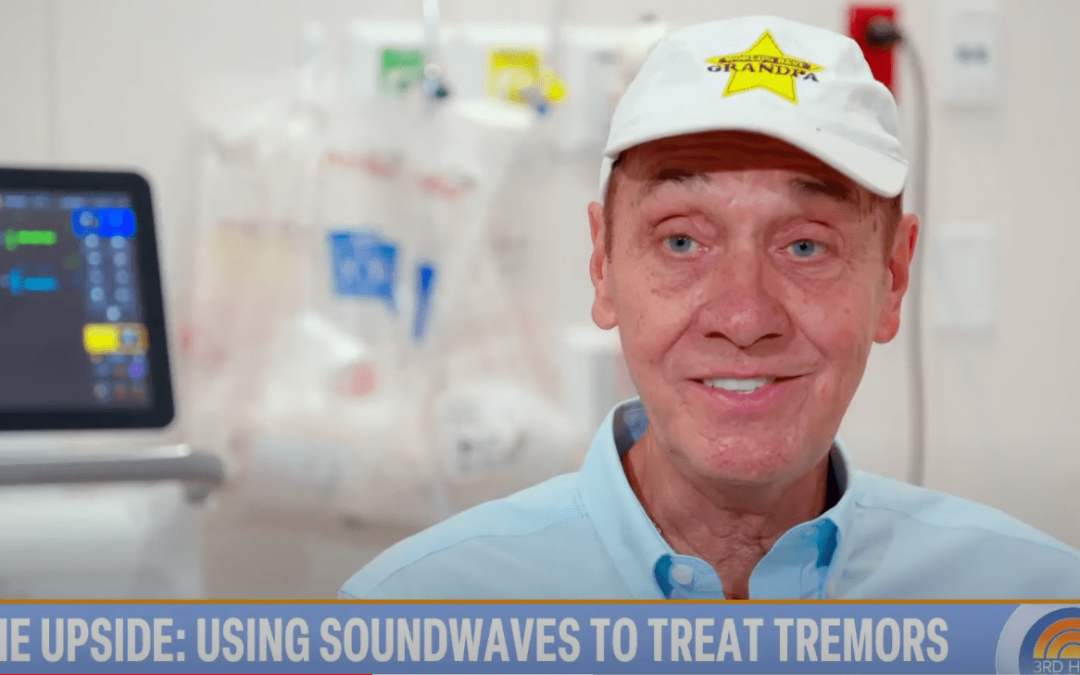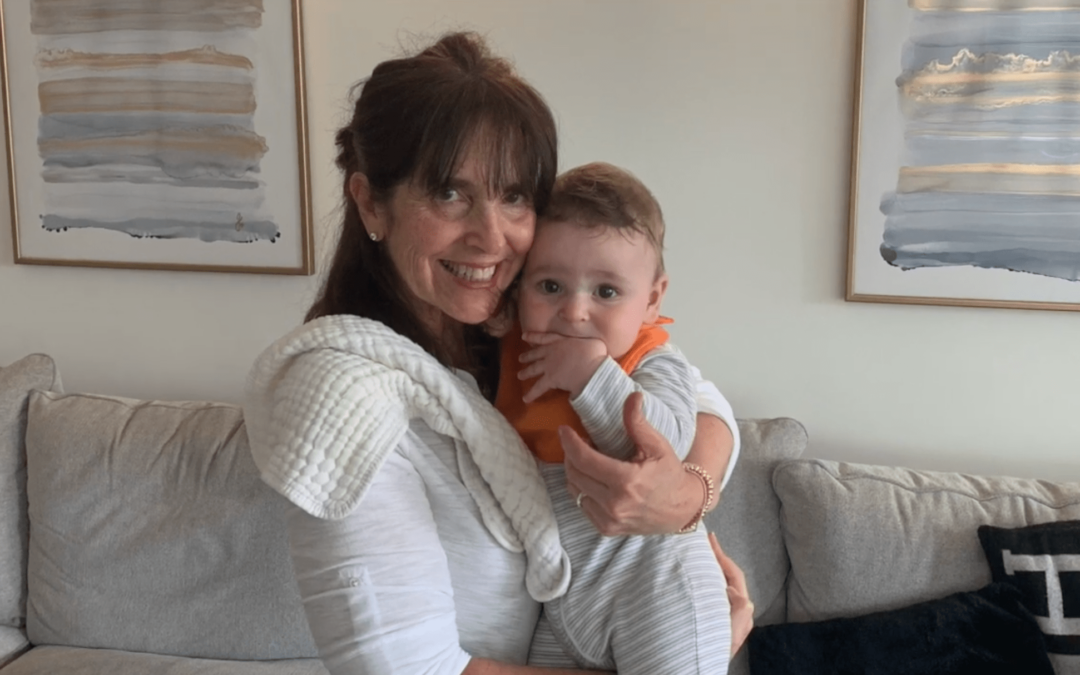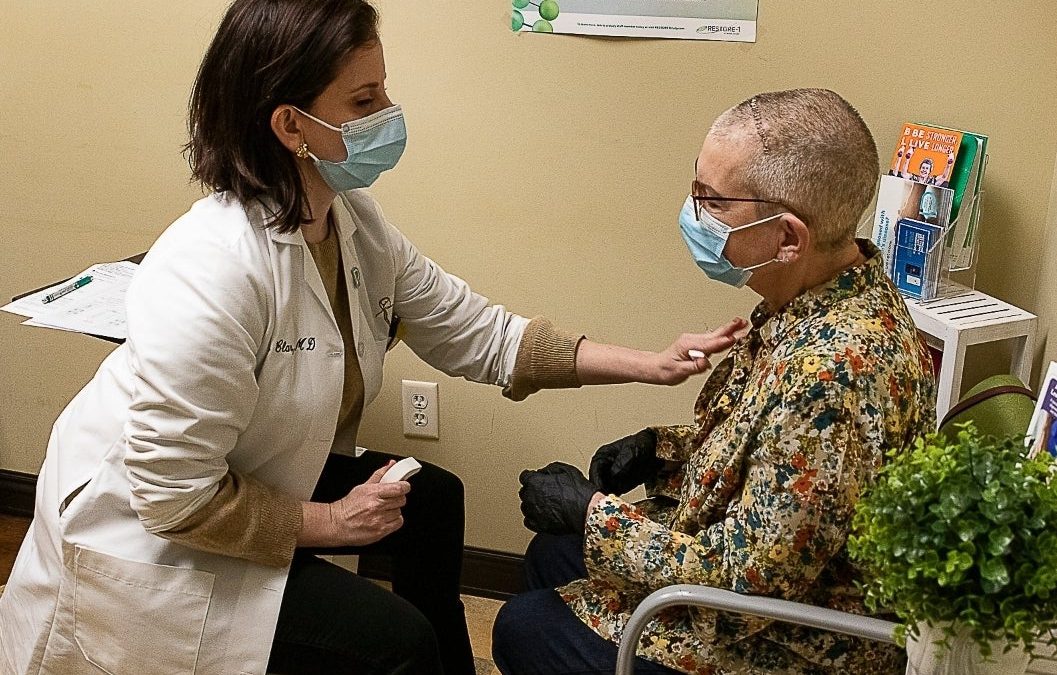Accuracy and conformity of targeting in cranial neurosurgery is achieved through the use of stereotaxis. With this technique, imaging studies are used to create a three dimensional map of the skull and brain or other anatomical structures. This map is co-registered with the patient at the time of treatment and a plan is created allowing for the precise convergence of radiation to exclusively capture the complex 3-dimensional geometry of tumors and AVMs.
The synchronization of a virtual map to the patient may be achieved by either ‘frame based’ or ‘frameless’ systems. In the former, a metal frame is secured to the lightly anaesthetized patient’s head. Each point in space within the boundary of the frame may be ascribed a definable co-ordinate and is targetable. Imaging studies are subsequently obtained thereby creating a unique map of the brain.
After imaging is obtained, neurosurgeons and radiation oncologists work together to delineate the anatomy of pathology. This step in development of the stereotactic plan is called ‘contouring’ and defines the volume of tissue to receive a therapeutic dose of radiation. Physicians make every attempt to create a ‘conformal’ prescription plan where the radiation dose is high within the targeted volume but minimal outside the established perimeter (Figure 1) . Attention to structures that are radiosensitive-the optic nerves, brainstem and cochlea is paramount to avoid radiation induced damage and complications (Figure 2).
Although radiosurgery has its own unique set of limitations, it remains a time tested and vital tool and offers a non-invasive alternative for the treatment of a variety of neurosurgical disorders.

Figure 1
Gamma Knife radiosurgery plan for a patient with a sizable left parietal AVM. Upper left panes demonstrate angiographic anatomy while lower and right sided panes indicate corresponding views by MR. The perimeter of the target (contour) is indicated by the yellow circumference. The green ovoid lines (arrows) indicate the lowest level of radiation received within the boundry (isodose line).

Figure 2
Modified Gamma Knife radiosurgery plan of a left sided vestibular schwannoma. The brainstem has been contoured (red perimeter) to assure radiation dose received is within an acceptable range to avoid post-treatment complications.








